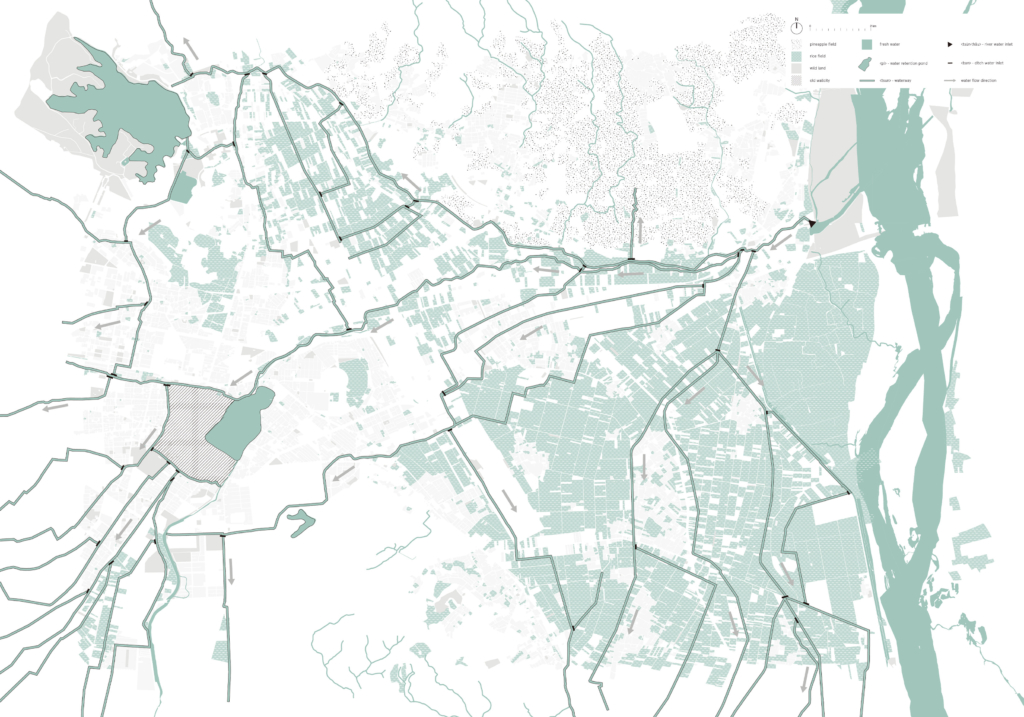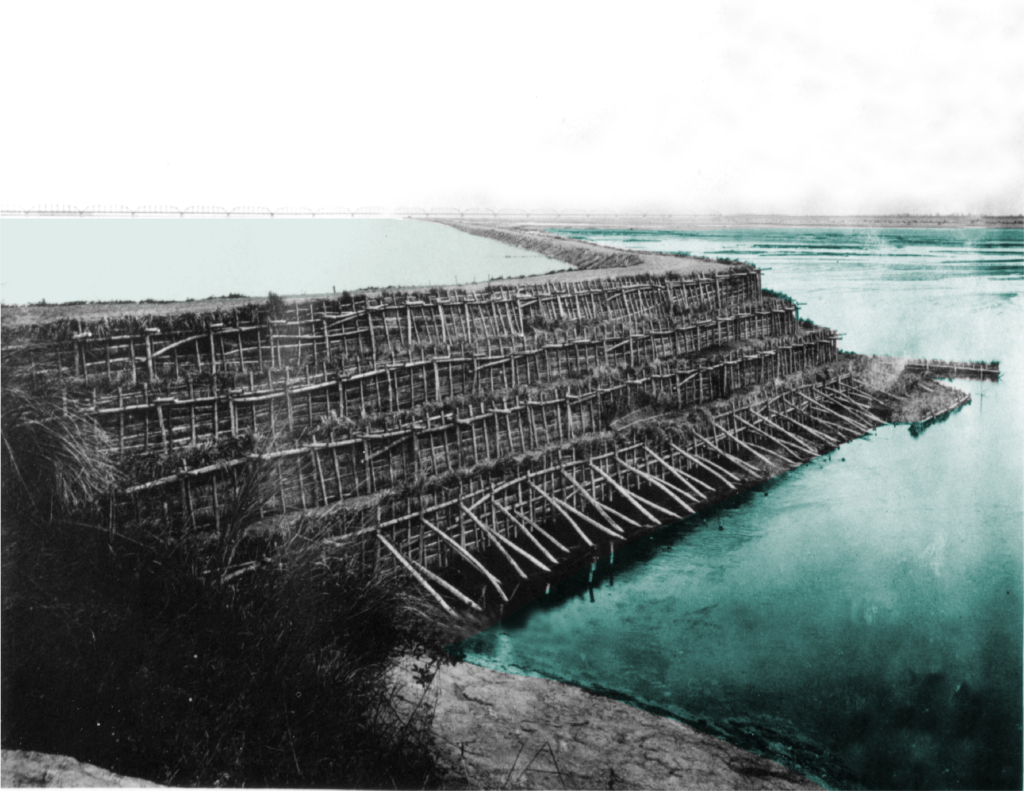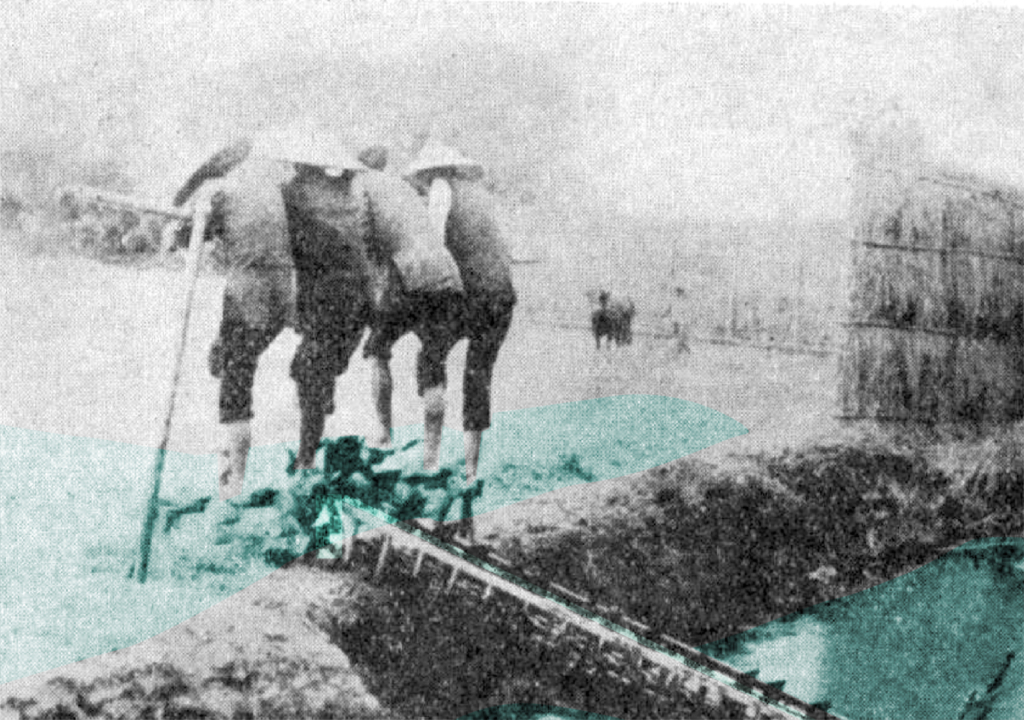
A traditional irrigation system that set the
Man-Chuan Sandy Lin
the foundation of Kaohsiung City.
2020
The growth of Kaohsiung is closely related to its irrigation system. The Ksôkong Tsùn irrigation system is a traditional water management and irrigation system used for the purpose of agriculture. The system dates back in 19th century and it has been claimed as municipal heritage site of the city of Kaohsiung.

The Ksôkong Tsùn irrigation system consists mainly four types of elements: dam, inlet, waterway, water retention pond.



Circular Stories
In Taiwan, the connection between land and people was once profound and unbreakable, especially in agricultural society before modernization.
Water from river Ko-pin-khe is obtained from a dam, regulated using inlets, to irrigate rice fields following natural topography and weaved an aquatic landscape. Besides the rice fields, water plants production such as taros and water chestnuts, were located in the water retention. This agriculture production, together with aquaculture, formed a circular system that supported one another. On the landscape, Ksô-kong irrigation system accommodated a variety of human activities. At the time people were close to water, scenes like women doing laundry and socializing by the water, children playing in the field, and men fishing on the edge of waterways were common on daily basis.
